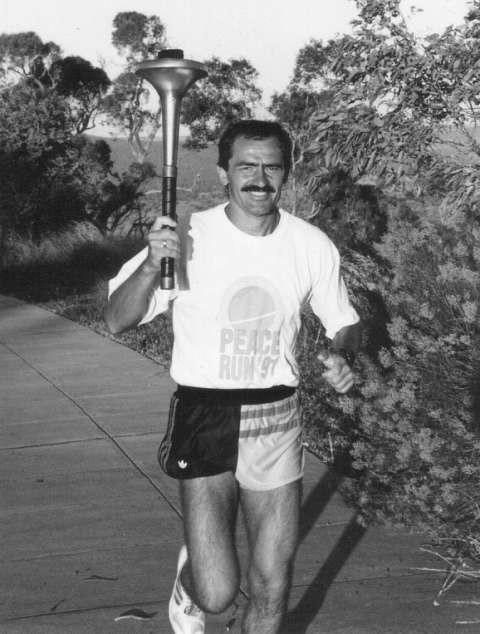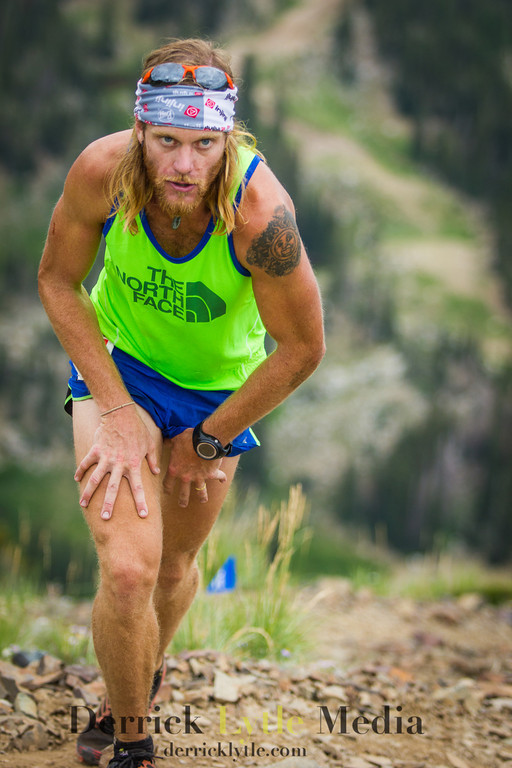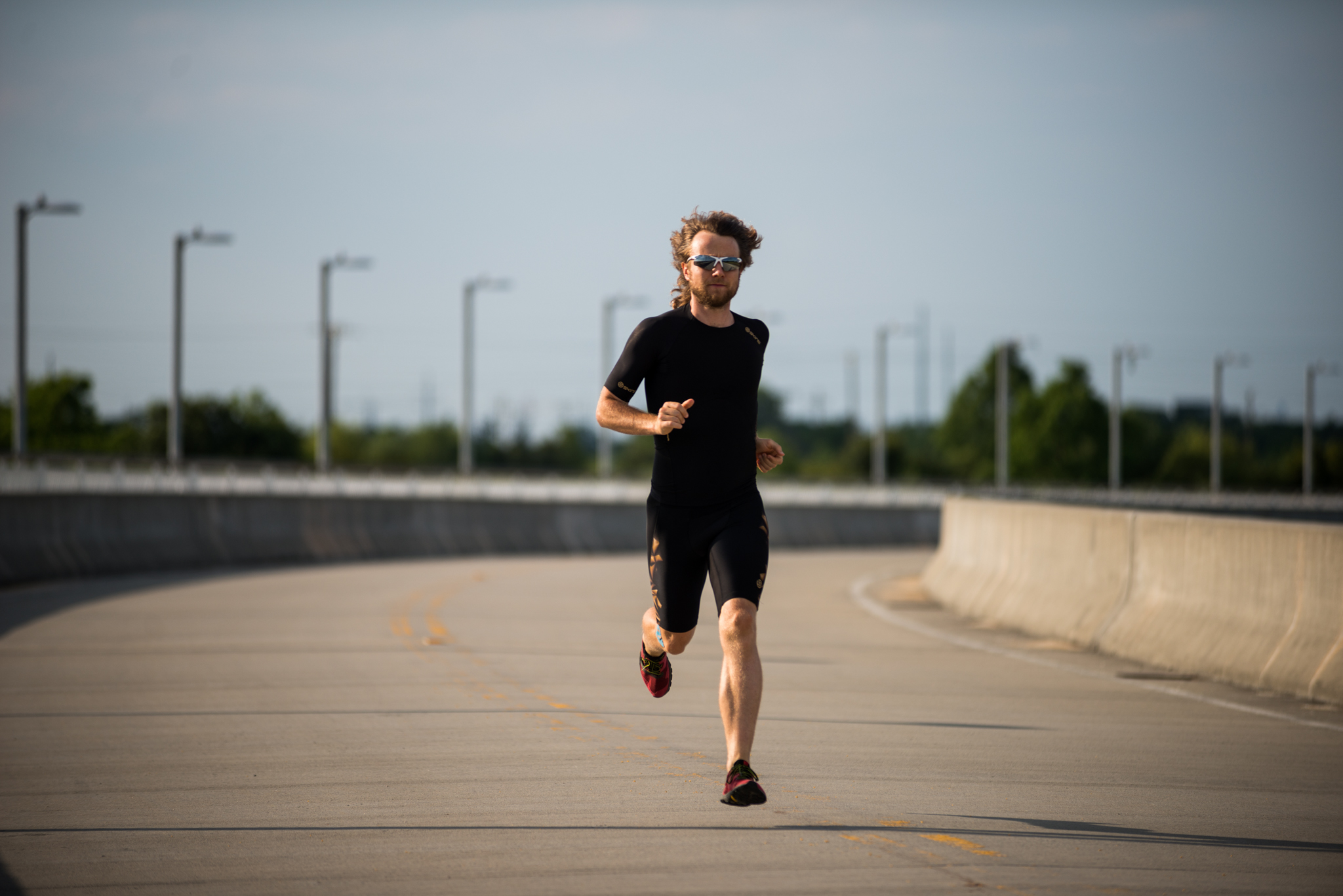Training for an ultramarathon is tough. Well, so is an ultramarathon. Both of these points are obvious, yes, but are still worth mentioning.
For those of you who don’t know, an ultramarathon is any race longer than 26.2 miles (the marathon distance). There are a few standard ultramarathon race distances including, but not limited to, 50-km, 50-mile, 100-km and 100-miles. However, some only consider distances over 50 miles as an ultramarathon, and still others only consider those races which are 100-miles or more as ultramarathons.
 The greatest ultramarathon runner of all time is likely Yiannis Kouros. Kouros believes that races of 50-km, 50-miles and other “shorter” distances favor athletes who are well-trained, in good fitness and are genetically gifted. Kouros believes that a true ultramarathon is a test of “metaphysical characteristics,” where “a runner has to face the whole spectrum of daytime and nighttime and be able to continue.” He goes on to say that a true ultramarathon runner must “find energy after the fuel is gone.” Yes, indeed, ultramarathon running is a mental game.
The greatest ultramarathon runner of all time is likely Yiannis Kouros. Kouros believes that races of 50-km, 50-miles and other “shorter” distances favor athletes who are well-trained, in good fitness and are genetically gifted. Kouros believes that a true ultramarathon is a test of “metaphysical characteristics,” where “a runner has to face the whole spectrum of daytime and nighttime and be able to continue.” He goes on to say that a true ultramarathon runner must “find energy after the fuel is gone.” Yes, indeed, ultramarathon running is a mental game.
Quick note: Among MANY other records, Kouros holds the world 24-hour record. In 1997 he ran 188 miles and 1,308 yards in 24 hours. That is 7 marathons plus about 5 extra miles. This record still stands after some 18 years, and will likely stand for decades. Since this blog post is ultimately about training, it should probably be mentioned that Kouros trains for no more than 10-12km at a time. So yeah, mind over matter!
Regardless of your definition, the Burning River 100-mile endurance run in Cleveland, Ohio on July 25/26 is certainly an ultramarathon. For the past few months, I’ve been training for this race. It’s pretty important to me as it’s in my hometown, the C-L-E, where I was born and raised. It also may be one of the only chances my parents get to see me run, which is pretty important to me. Additionally, my sister lives nearby and will be part of my crew, as well as my girlfriend Laura who is coming up from South Carolina with me. Other great friends will likely be part of the crew too!
Training for anything like this is tough. Consider the normal things of daily life: full-time job, significant other, social life, eating, sleeping, travel/vacation, household stuff, chores, etc. Time is at a premium and “getting in the miles” can be seriously tough sometimes. This is NOT me complaining, just relaying my experience. This is my hobby, my passion, it’s what I chose to do and totally understand that. Plus, if I WAS complaining, nobody would listen anyway.
Well, I’m not going to go into my training log or routines or anything here, but I want to reflect on one important thought, as I’m dealing with a little nagging muscle tweak:
I believe the hardest part of the whole ultramarathon thing is…. Showing up to the starting line of a race 100% healthy, feeling good and fresh.
The ideas of ultramarathon racing and training are almost antagonistic: Train for many hundreds, if not thousands of miles leading up to a race, then feel great and fresh on race day – race your hardest with little/no holdover fatigue or injury from training and be successful!
[photo* Yiannis Kouros]
There are a few thoughts and principles which come to mind when people talk about successful training/racing at these distances (I don’t necessarily agree with these):
- “V and V”: Volume and Vert (vert = vertical, or elevation training). Some say that’s the only way to be successful, especially when training for a race with a bunch of elevation. Think of Timothy Olson, 2-time winner of the Western States Endurance [100-Mile] Run in 2012 and 2013. Timmy also holds the course record there with 14:46:44. He would regularly log over 100-miles and well over 10-, 20-, 30,000-feet of elevation each WEEK of training in his training block leading up to the race (and other races, not just Western States).
- “Volume, volume, volume”: Yep, volumize to optimize (wait, that sounds like a shampoo commercial). For some, it’s all about volume! Take Aly Venti for example. The Florida racer (who is currently living in NY) was the outright winner of the KEYS 100 in 2014 and women’s winner of the Badwater 135 (a 135-mile jaunt through Death Valley in July) two months later. She would log over 150-miles a week, and peaked at over 200-miles a week leading up to the KEYS 100 in 2014! That is some SERIOUS VOLUME.
 [photos* left: Timothy Olson right: Aly Venti]
[photos* left: Timothy Olson right: Aly Venti]
So, I guess I will leave it at that. I constantly ask myself about the balance between quality and quantity. The thought of “getting the miles in” versus having focused, race-centric workouts. Also, burning out versus being super fresh on race day. But most importantly, staying injury free is always on my mind (and many many other runners’ minds).
Even the Pro’s have trouble with this. Take Colorado ultramarathon runner and mountain extremist Anton (Tony) Krupicka who has been battling a shin injury for years now. In fact, it appears that he has withdrawn from the upcoming Hardrock 100. Hardrock is one of the most extreme, punishing and difficult 100-milers in the USA, but one which Tony has wanted to tackle for years! He spent many training blocks over the past few years grinding out 200+mile weeks.
Let’s look at Timmy Olson again. After many training cycles pounding out 100+mile weeks with thousands of feet of elevation, he seems to be suffering from an unknown “injury” or “syndrome.” He most recently dropped (DNF; Did Not Finish) from The North Face Lavaredo Ultra Trail race in Italy.
I also think about Mike Morton at this point. He’s a quiet monster of the ultramarathon world. He would destroy races and break records with little more than a peep. He happens to hold many records, including for the KEYS 100, Male Masters at Western States, Umstead 100, and others. Unfortunately now, he also seems to be suffering from an injury and hasn’t raced competitively on a “big stage” in quite some time.
And now there is much talk of “Over Training Syndrome” or OTS, which has been written about widely, and was detailed by Outside magazine fairly recently. Look up the article, it’s quite interesting.
At this point, I’m just kind of thinking out loud about all of these things. It certainly sucks to be injured, that is for sure. But, is it worse to be injured so you cannot train for a big race at all or to become injured during your training block for a big race?
[photo* Keith Hanson]
As for me, with a little over 2 weeks until race day, I’m still training, but it’s more training in patience than anything else.
*photo credits – Yiannis Kouros: olympia-greece.org Timothy Olson: Derrick Lytle Media Aly Venti: Sweet M Images Keith Hanson: Colin Robinson



0 Comments